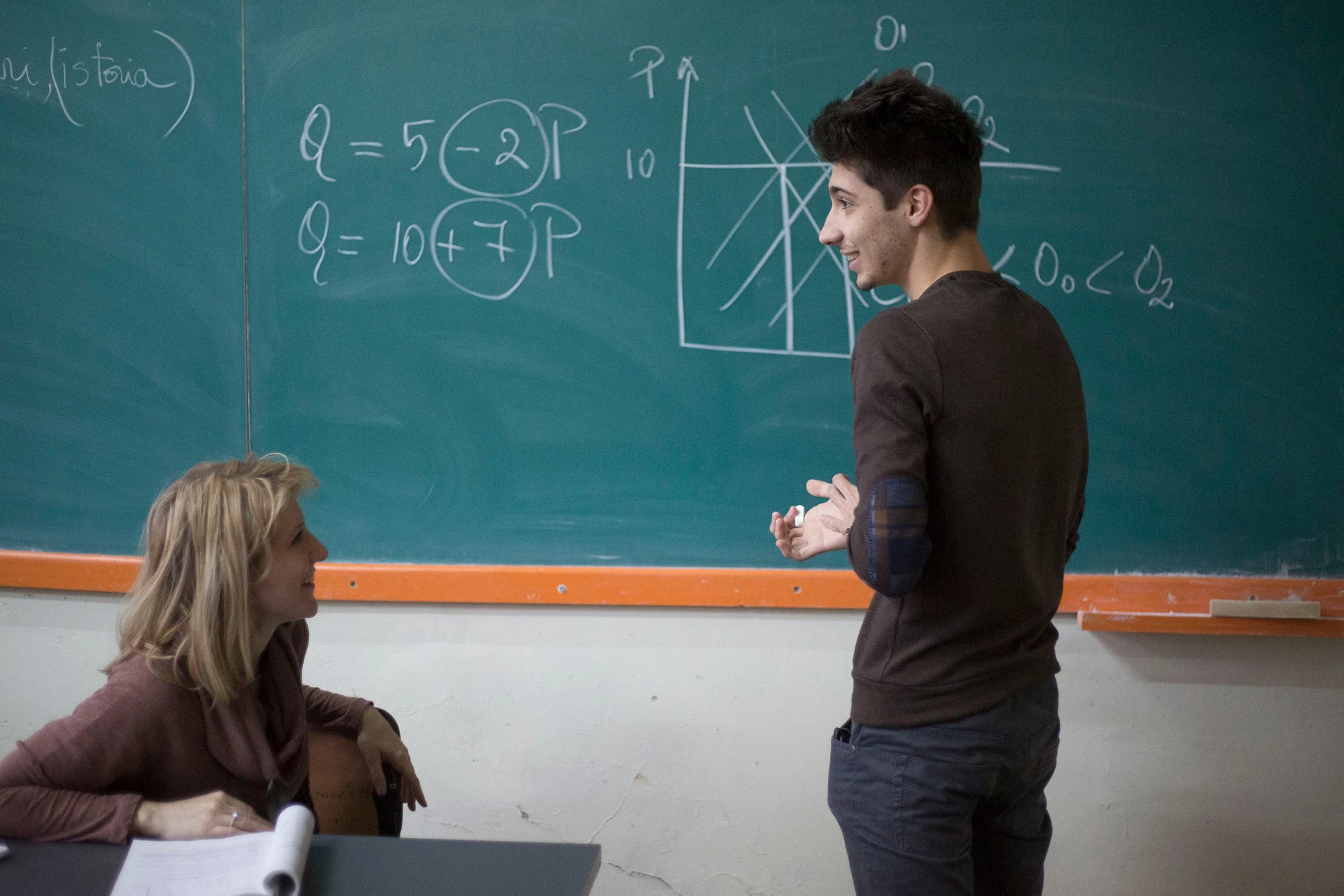
"If you want one year of prosperity, grow grain. If you want a decade of prosperity, plant trees. If you want 100 years of prosperity, invest in people."
Chinese proverb
Every person needs and deserves quality education. But what does quality education mean? Even for countries which have affirmed their status as “quality education service providers,” there are arguments supporting or refuting education service quality. For developing countries, the challenge is even greater ¾ limited resources, major needs, and lack of experience are common problems faced by decision-makers in education. Various methods are used globally to compare the quality of education system—one of which is the OECD’s Programme for International Student Assessment (PISA).
PISA is an international study conducted every three years which aims to assess education systems globally by testing 15-year-old students’ abilities and knowledge in three subject areas ¾ science, math, and reading. In 2015, more than half a million students in 72 countries and economies participated in the two-hour test – including Moldova.
Prior to 2015, Moldova participated in PISA in 2009. The 2009 PISA revealed that students’ performance in Moldova was below that of their peers in the OECD countries covered by the study. At the same time, discrepancies between students in rural areas and those in urban areas were indentified (gap of approximately 2.5 years), as well as gender-related discrepancies (boys lagging behind girls in sciences and especially reading).
Unfortunately, in education there is no silver bullet which would resolve all the challenges. Reforms are complex and time-consuming. Notwithstanding, the government has initiated reforms in the education sector based on three underlying pillars: quality, equity, and efficiency.
Following years of investment in the education sector, Moldova has made a major leap in student performance. According to the 2015 PISA data, the science score increased by 15 points (to 428) compared to 2009; reading score by 28 points (to 416); and math score by 23 points (to 420). In order to understand the numbers better, we should bear in mind that the progress in reading represents about one year of schooling. Likewise, the increase in the share of students able to demonstrate at least basic proficiency in all three subject areas shows improvement in the sector.
What was done between 2009 and 2015? And what activities contributed to those strides? Without attempting to be comprehensive and noting that more rigorous research is needed in the future, here is a list of important changes that the government has undertaken in the last few years which could potentially be related to the observed learning improvements.
First, it should be mentioned that an Education Management Information System (EMIS) and school report cards have been implemented in the education sector since 2013. Three rounds of school cards with information about the institutions’ budgets and comparative performance have been developed and disseminated since 2013. The EMIS makes it possible for the Ministry of Education to make more accurate and informed decisions and to monitor progress in reforms; for schools to compare their performance with district averages, understand where they stand, and respond accordingly in order to improve their rankings; for parents to be better informed about institutions’ performance and be more actively involved in decision-making by schools.
Per capita financing has also been implemented nationally effective 2013. Enhanced school autonomy followed. As a result, 104 institutions have been optimized since 2012. And, annual expenditure on education decreased from 8.39% of GDP in 2012 to 7% of GDP in 2015. It is true that not only general education expenditures influence the numbers, but given that general education accounts for 50% of the sector-related expenditure, the impact cannot be disregarded. Even if efficiency gains are slow to come, a first step towards equity has been made; implementation of education standards and teacher trainings should further contribute to enhancing the education quality.
Strengthening baccalaureate examination security was the third underlying reform pillar. To that end, enhanced security measures were introduced during examinations, such as: video surveillance, access checks, test coding, etc. As a result, students are more motivated to learn in order to pass the exam, and consequently the education system has become more credible. Performance in national tests also suggests that the situation within the education system has improved. However, this will be the topic for my next blog.
You can learn more about the PISA 2015 results, including the performance of several World Bank client countries, by going to the PISA website.
Check out country briefs from the World Bank about the PISA 2015 results.
Find out more about World Bank Group education on our website and on Twitter.


Join the Conversation